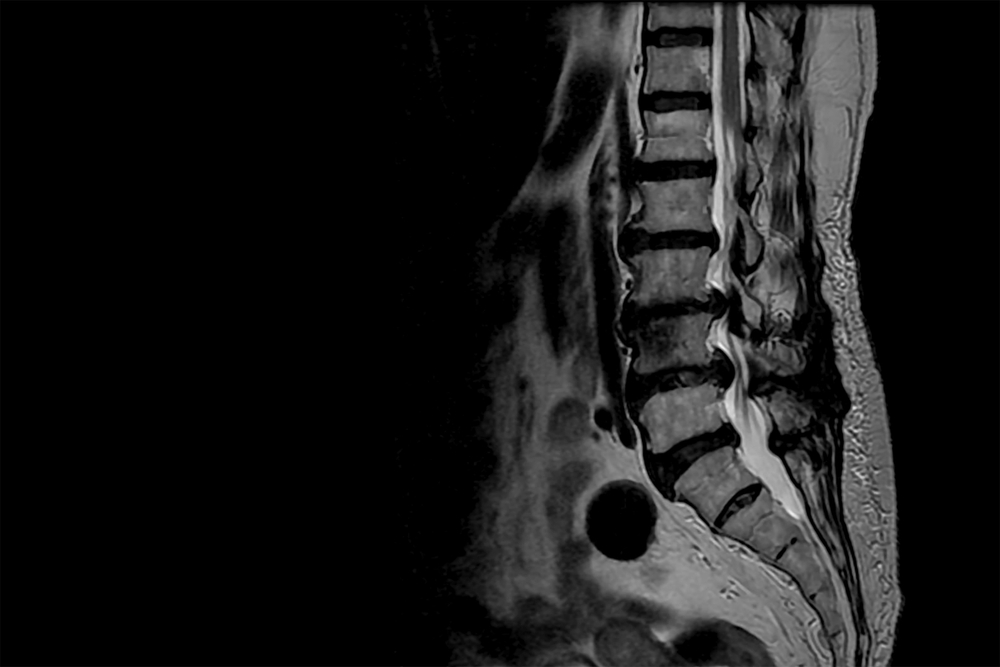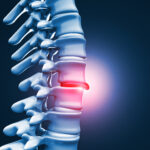
Chiari Decompression

Chiari decompression, also known as Chiari decompression surgery or posterior fossa decompression, is a surgical procedure performed to address Chiari malformation. Chiari malformation is a structural defect in the base of the skull and cerebellum, where a portion of the cerebellum extends into the spinal canal. This can lead to compression of the brainstem and interfere with the normal flow of cerebrospinal fluid.




During Chiari decompression, the surgeon typically removes a small portion of the bone at the back of the skull (suboccipital bone) to create more space for the cerebellum. In some cases, a small portion of the upper cervical spine may also be removed to further relieve compression. This decompression allows the cerebellum to return to its normal position and reduces pressure on the brainstem.
The procedure may also involve removing a small piece of the dura mater, the tough outer layer of the brain’s protective covering, to allow for more space and improve cerebrospinal fluid flow. A chiari decompression is often recommended when Chiari malformation causes symptoms such as headaches, neck pain, difficulty swallowing, and other neurological issues. The goal of the surgery is to alleviate symptoms, improve cerebrospinal fluid dynamics, and prevent further progression of the condition.
Book An Appointment
"*" indicates required fields















